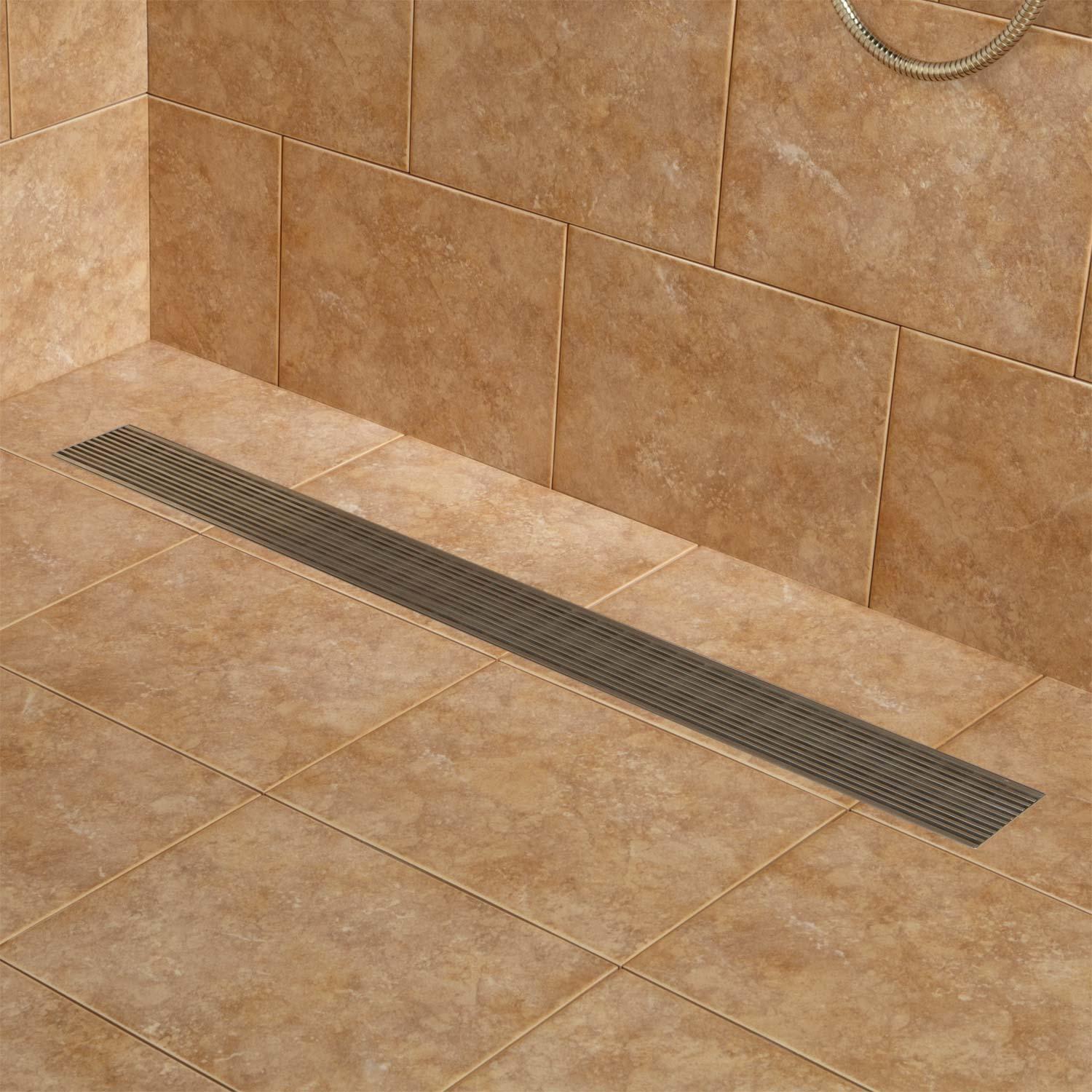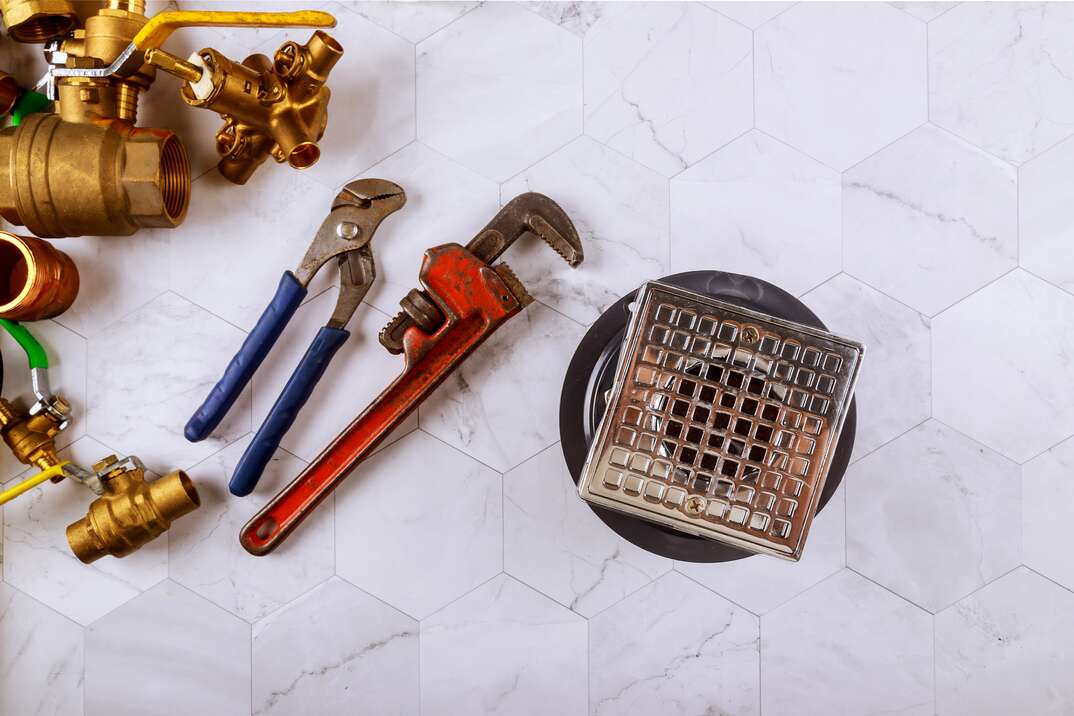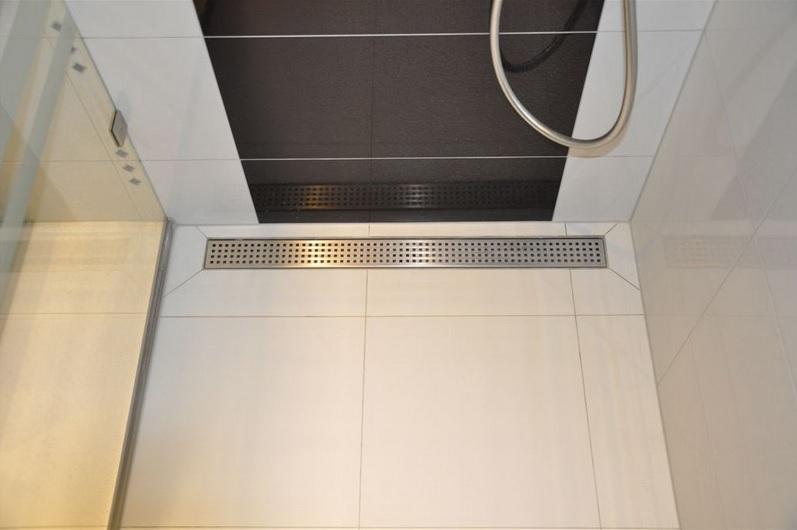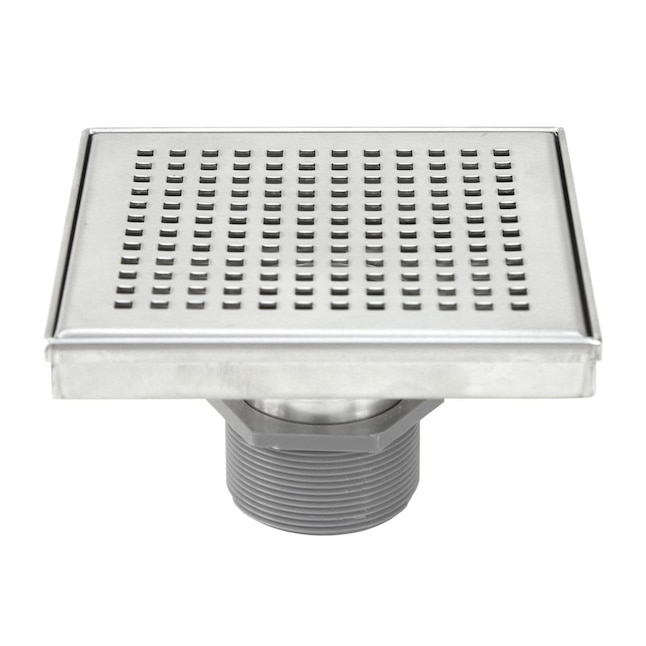Do you find yourself in search of resources concerning Water Stains on Walls?

Water stains on wall surfaces are not pleasant to the eyes. Your home needs to lack stains on the walls, roofing, or floorings. That is the excellent state of a residence and its frameworks. Yet, sometimes it seems practically inescapable to experience water spots on walls in residences.
Property owners living in humid regions continuously handle the concern of water spots on wall surfaces. That doesn't have to be the situation for you. With well-rounded and accurate info on the causes of water discolorations as well as timely repair work processes, you will certainly constantly be a step ahead of such events. So, this write-up guarantees to be an useful overview for you.
3 Typical Sources Of Water Discolorations on Walls
Unlike popular belief, water discolorations on walls do not constantly originate from bad structure materials. There are a number of causes of water spots on wall surfaces. These include:
Poor Water drainage
This will certainly prevent water from seeping into the wall surfaces. This web links to excessive dampness that you observe on the wall surfaces of your building.
So, the leading root cause of wet wall surfaces, in this instance, can be a poor drain system. It can additionally be due to bad administration of sewer pipelines that go through the structure.
Damp
When warm wet air meets with completely dry cool air, it causes water droplets to base on the wall surfaces of structures. This occurs in kitchens and bathrooms when there is vapor from food preparation or showers. The water beads can tarnish the surrounding walls in these parts of your house as well as infect various other areas.
Damp or condensation impacts the roofing and also wall surfaces of buildings. This causes them to appear darker than various other locations of the residence. When the wall surface is wet, it creates a suitable atmosphere for the growth of microorganisms and also fungis. These may have unfavorable impacts on health and wellness, such as allergic reactions and also respiratory system conditions.
Pipe Leaks
The majority of residences have a network of water pipelines within the wall surfaces. It constantly boosts the feasibility of such pipelines, as there is little oxygen within the walls.
A downside to this is that water leak impacts the walls of the building and creates prevalent damages. An indicator of defective pipes is the look of a water tarnish on the wall surface.
Water Spots on Wall: Fixing Tips
When dealing with water discolorations, house owners would typically want a fast fix. They would quickly recognize this is counterproductive as the water spots recur. Below are a few handy tips that will lead you in the repair work of water discolorations on walls:
- Constantly repair the root cause of water stains on walls
- Involve the help of specialist repair solutions
- Practice routine hygiene and clean clogged sewer system
- When constructing a home in a waterlogged location, ensure that the workers perform appropriate grading
- Tiling areas that are prone to high condensation, such as the bathroom and kitchen, helps in lowering the build-up of wet
- Dehumidifiers are also practical in keeping the dampness levels at bay
Pro Tip
A houseplant in your house also boosts its moisture. If the house is currently moist, you may want to introduce houseplants with marginal transpiration. An example of appropriate houseplants is succulents.
Conclusion
Although nobody intends to have water stains on walls in their house, it can take place to the best of us. This post gives you take advantage of, as you currently recognize how to manage this problem if it does occur.
It is always best to hire specialist services to assist take care of the problems in your house.
Sometimes it seems nearly unpreventable to experience water stains on walls in houses.
In contrast to preferred belief, water spots on wall surfaces do not constantly stem from inadequate building materials. There are a number of causes of water spots on wall surfaces. The water beads can stain the surrounding walls in these parts of your house and also spread to various other locations.
Here are a few useful ideas that will certainly lead you in the fixing of water stains on wall surfaces:
How to Remove Water Stains From Your Walls Without Repainting
The easy way to get water stains off walls
Water stains aren’t going to appear on tile; they need a more absorbent surface, which is why they show up on bare walls. Since your walls are probably painted, this presents a problem: How can you wash a wall without damaging it and risk needing to repait the entire room?
According to Igloo Surfaces, you should start gently and only increase the intensity of your cleaning methods if basic remedies don’t get the job done. Start with a simple solution of dish soap and warm water, at a ratio of about one to two. Use a cloth dipped in the mixture to apply the soapy water to your stain. Gently rub it in from the top down, then rinse with plain water and dry thoroughly with a hair dryer on a cool setting.
If that doesn’t work, fill a spray bottle with a mixture of vinegar, lemon juice, and baking soda. Shake it up and spray it on the stain. Leave it for about an hour, then use a damp cloth to rub it away. You may have to repeat this process a few times to get the stain all the way out, so do this when you have time for multiple hour-long soaking intervals.
How to get water stains out of wood
Maybe you have wood paneling or cabinets that are looking grody from water stains too, whether in your kitchen or bathroom. Per Better Homes and Gardens, you have a few options for removing water marks on your wooden surfaces.
- You can let mayonnaise sit on your stain overnight, then wipe it away in the morning and polish your wood afterward.
- You can also mix equal parts vinegar and olive oil and apply to the stain with a cloth, wiping in the direction of the grain until the stain disappears. Afterward, wipe the surface down with a clean, dry cloth.
- Try placing an iron on a low heat setting over a cloth on top of the stain. Press it down for a few seconds and remove it to see if the stain is letting up, then try again until you’re satisfied. (Be advised that this works best for still-damp stains.)
https://lifehacker.com/how-to-remove-water-stains-from-your-walls-without-repa-1849742925

I hope you enjoyed our post on Water Stains on Walls. Thanks so much for taking a few minutes to read our posting. Kindly take the opportunity to promote this write-up if you liked it. Thanks a lot for going through it.
Give Me A Quote!







